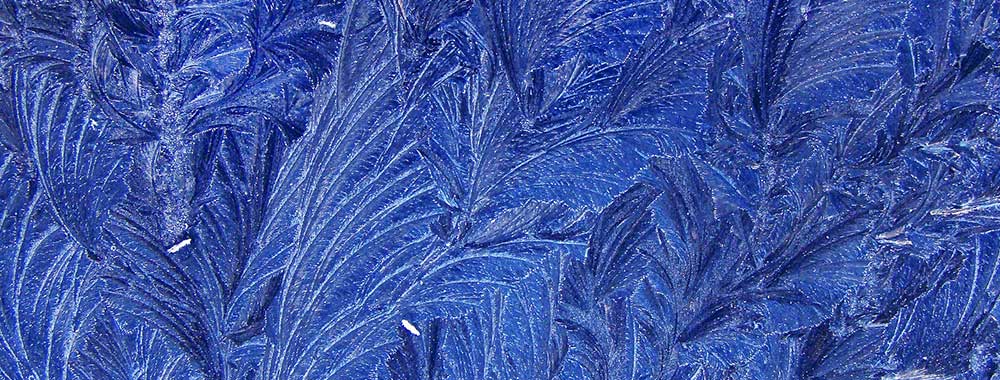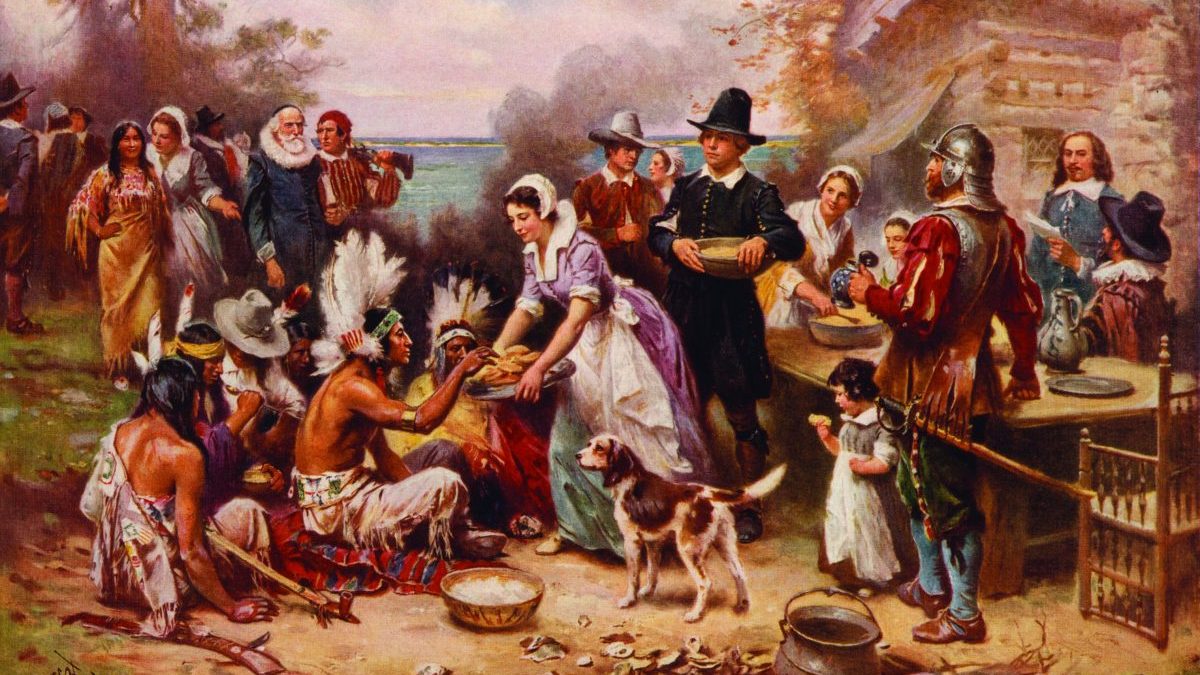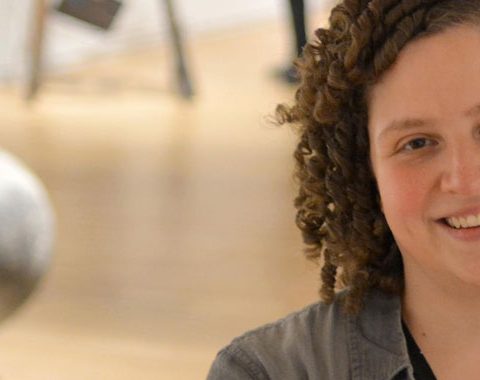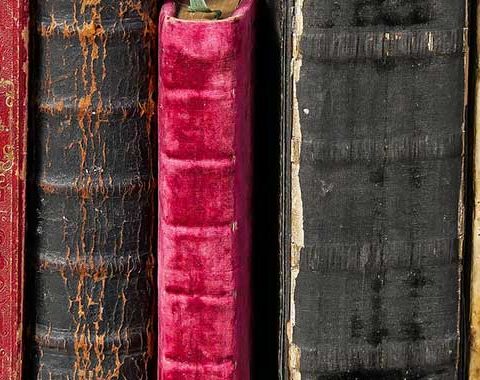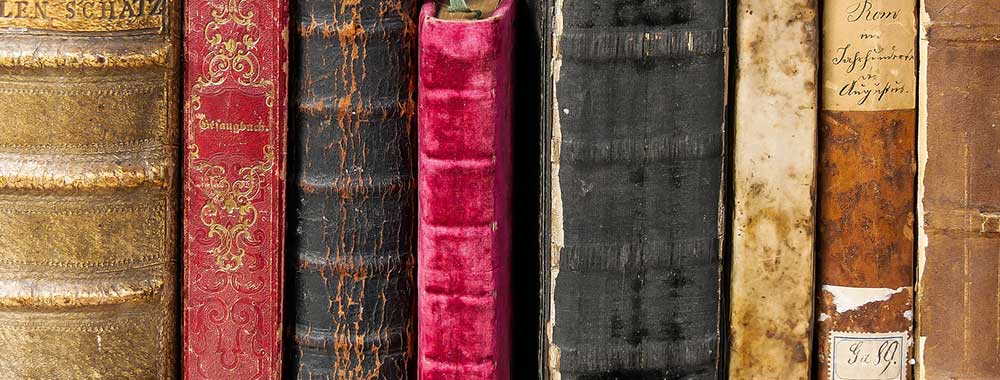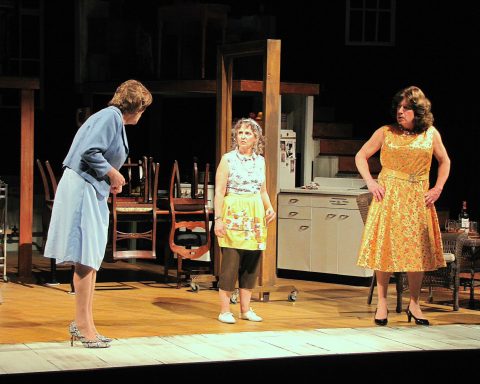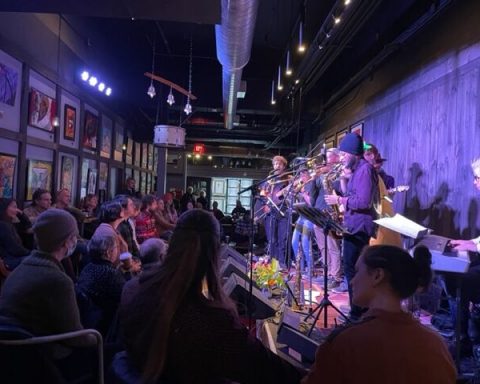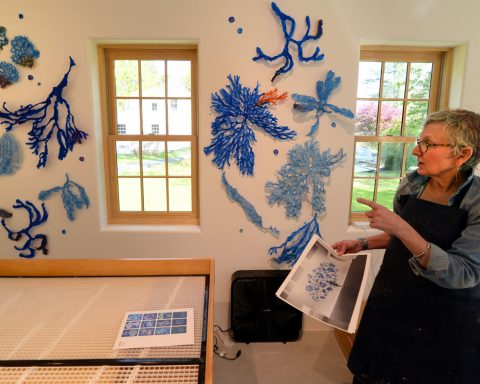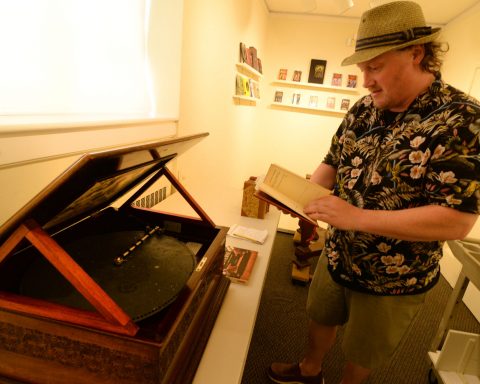By John Seven
If the winter months are more likely to draw you inside than push you out onto a ski lift, there are few better places to be during the frosty season than the Berkshires and Southern Vermont, which offer art diversions that capture all scopes, from the international to the local, each with the same amount of care and quality.
The Williams College Museum of Art in Williamstown, Mass., brings in the new year with several strong offerings already in place, like Jean-Michel Basquiat’s painting “Defacement (The Death of Michael Stewart),” which hangs in the museum’s reading room, which is devoted to study and conversation about racism, particularly in context of Black Lives Matter. The painting was originally on the wall of Keith Haring’s studio, rendered there by Basquiat in 1983 following the assault and death of Stewart by New York City police. Haring removed and framed it, putting it on his own bedroom wall until, following his death, it was acquired for a private collection.
“The painting has not been on view much, maybe two or three times,” said WCMA communications manager Kim Hugo.
The reading room itself is available to groups, community or student, who wish to use it for public discussion. The Basquiat painting remains until the end of January. On display through the middle of February is Peruvian artist David Zink Yi’s first American exhibition, Being The Measure, a collection of Cuban-influenced wooden sculptural percussion instruments that opened with a performance using them for music. The instruments remain for visitors to sample.
“People can play them if they are careful,” Hugo said. “They can gently pound on the wooden instruments and see what sounds they make.”
The museum also features Shaping Space through the same period, which uses Michael Singer’s massive Ritual Series sculpture as a connecting point for works by Richard Serra, Mel Edwards and Louise Nevelson to examine the way environments are affected through structures within them.
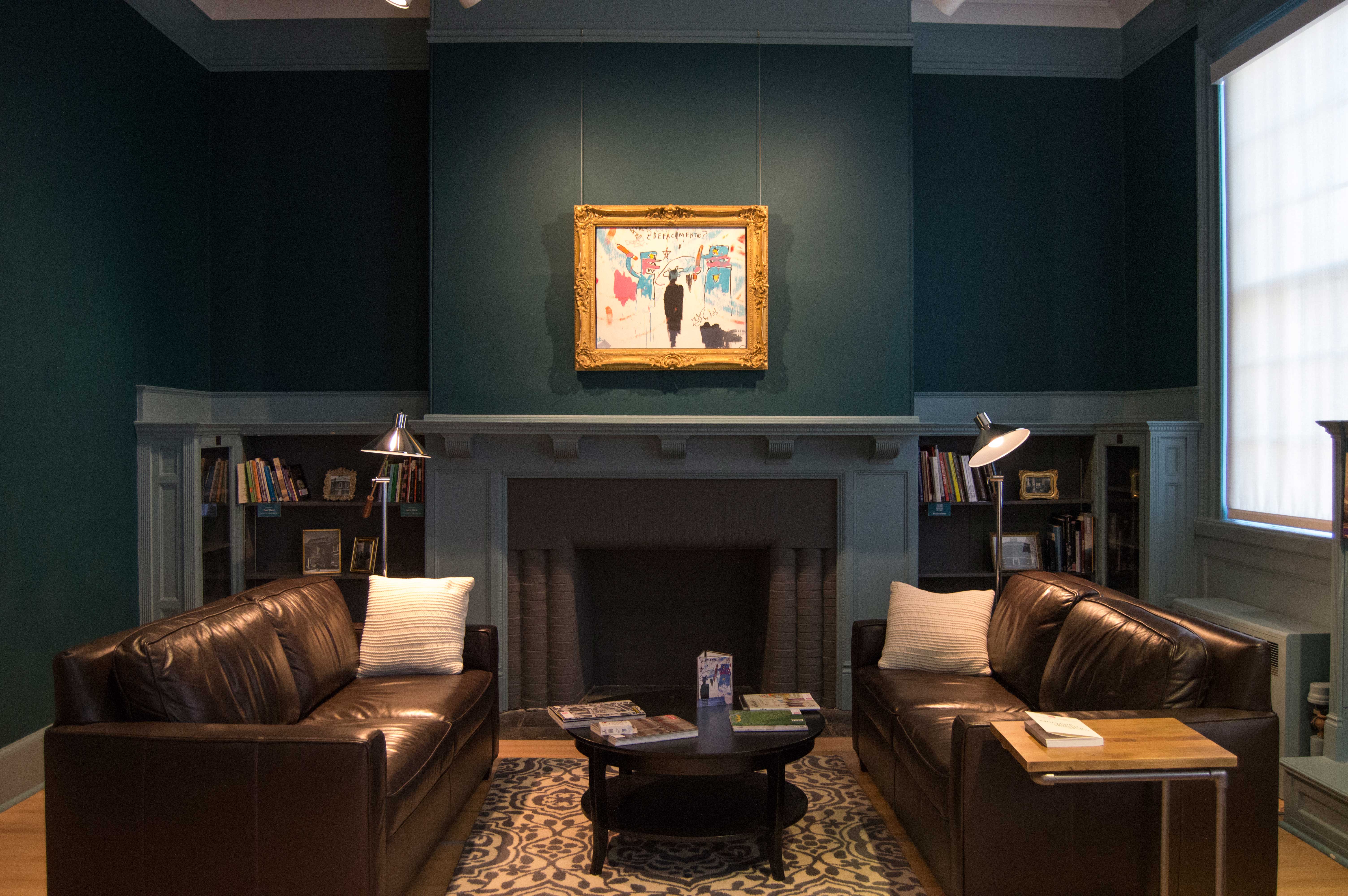
Action-based Art
The middle of March will bring works from Williams alum and Botswana native Meleko Mokgosi, two chapters from his ongoing painting project Democratic Intuition, Lex and Love, which concern themselves with diversity in the daily existence in southern Africa, particularly in regard to gender and specific socio-economic relations, as well as examining allegory and history, and how each is represented in democracy, which Mokgosi sees as a system of contradictions.
“Democracy is a great thing and he’s all for it, but when it plays out in these countries, it’s not all perfect, so he tries to address that,” Hugo said.
The museum’s big winter project is Ghana ThinkTank, with efforts that will overtake the rotunda there as well as efforts outside the confines of the art museum. Opening on Jan. 26, Ghana ThinkTank addresses the question “How does climate change affect you?” and starts with an effort to gather the answers to that through the northern Berkshires and send eight of those to think tanks in Morocco and Indonesia seeking assistance.
“This is flipping power dynamics,” said Hugo. “It’s usually developed countries go to third world countries and try to solve issues and problems. Instead of doing that, we’re bringing our problems to these countries and asking them what their thoughts are. “
These solutions, as well as other projects surrounding the action-based art, will be represented in a hub in the rotunda, marked by Ionic columns and a Moroccan riad, as well as related videos and documentation of local partnerships that will be part of this ongoing effort examining the relationships between the local and the international. It’s this kind of community participation artwork that WCMA is particularly stationed for and excels at.
Buy Local
In Bennington, Vt., the Bennington Museum is preparing to close to the public for the entire month of January. Open seven days a week the rest of the year, it’s the one chance the staff has to do all the structural changes they can’t the rest of the time, and keep the place fresh for visitors. When the museum does open its doors again in February, it will feature its annual student art show that features efforts from the previous year by elementary, middle and high school students in the southern Vermont area.
That’s the way the museum evokes the area now, but it also casts its gaze back to offer some unique items capturing its own history through a recent acquisition of large glass plate negatives from the late 19th and early 20th centuries. Known as the Weichert-Isselhardt Collection, and featuring a number of works by local photographer Willis White, the photos capture a cross section of life in Bennington and surrounding areas at the time.
“The selection that I’m going to be showing is what I’m calling Buy Local,” said museum curator Jamie Franklin. “The idea is that that was your only option in the early 20th century. There are a lot of wonderful photographs of businesses and shop owners.”
Franklin compares them to the work of German photographer August Sander, who documented the same in Germany during the 1920s and ‘30s, including noticeable portraits of shopkeepers and storefronts. The glass plate collection is currently being digitized and prints are being made from those digital versions to preserve the originals as they join the museum’s already considerable collection.
On the same day, Bennington-area potter Stanley Rosen will receive the first of what Franklin hopes becomes growing appreciation, a survey of his work from the late ‘60s to the 21st Century, during which time he also served as an art professor at Bennington College.
“I think of him as a fairly significant, completely unknown artist,” Franklin said. “He was granted quite significant recognition in the 1960s. He was a figure that the people in the ceramics world in particular knew about and thought was doing some of the most exceptional work.”
Rosen was part of what is called abstract expressionist ceramics, and though he did create thrown-wheel vessels, his renown is for complex sculptural items that are impossible to narrow down to any simple description.
“He’s a tough nut to classify,” said Franklin. “He falls between all the cracks. He’s very much an individualist. He is committed to the work and letting the work happen however it happens, and you see that in the work. It’s idiosyncratic and not like anything you’ve seen before. I think that’s all to its benefit.”
Franklin has been working on this exhibit for the past year and a half, with the help of Rosen and his wife, who have just begun to catalog what work exists. The show will also feature drawings by Rosen as a way of delving into his process.
“He’s one of those artists that is deserving of any and all recognition that he receives, and it’s well past due. He’s 90 and except for his moment in the light in the 60s, and even then that’s almost over emphasizing the point, his name and his work hasn’t been out there for decades.”
Franklin points to both of these exhibits as the epitome of what the Bennington Museum does best, putting together progressive avant-garde work and historical, local photography under one roof.
“I think we fill a pretty unique niche. I’m really proud of what we do here. Our programming is so diverse and this weird juxtaposition is emblematic of what we do.”
